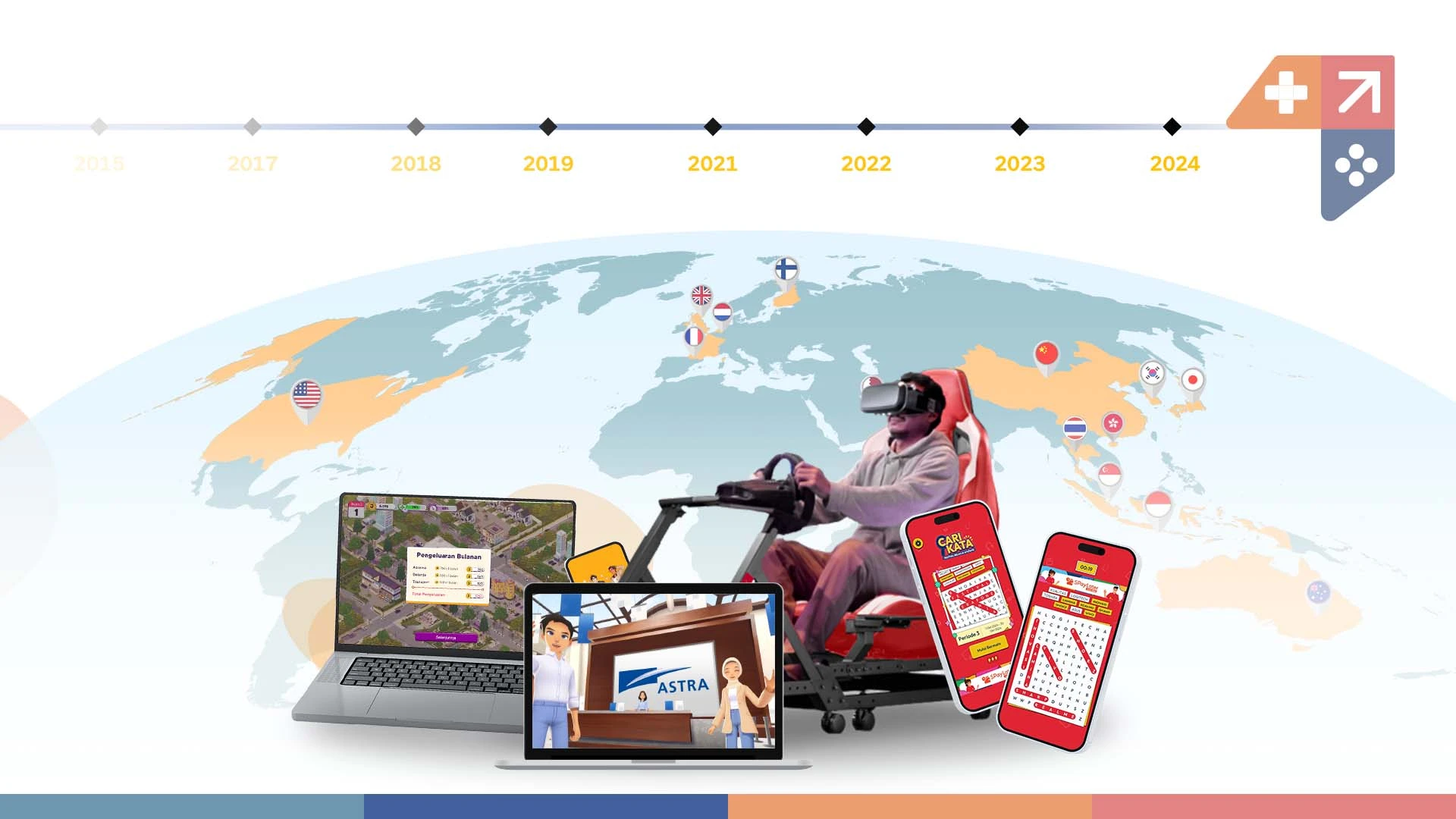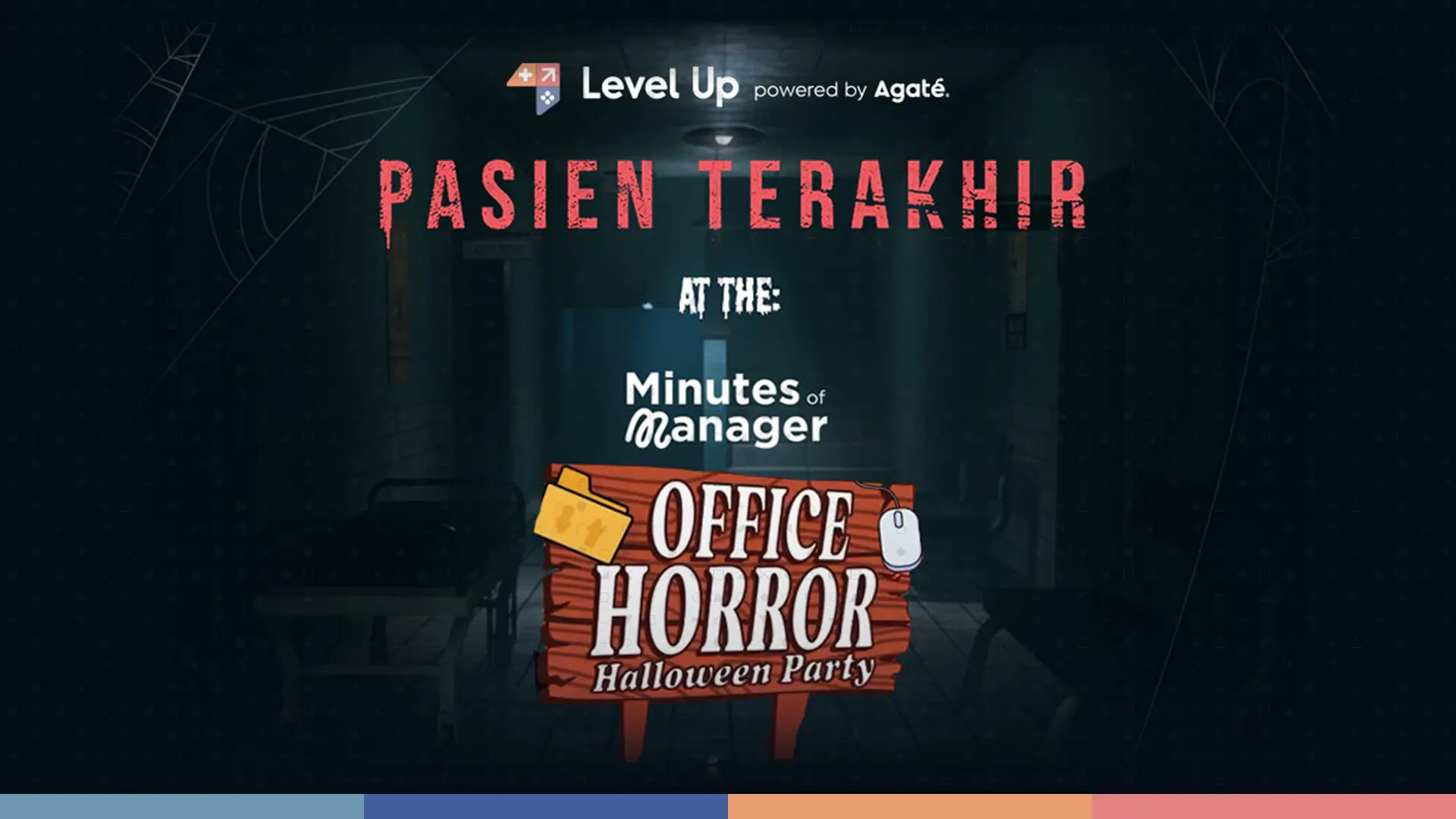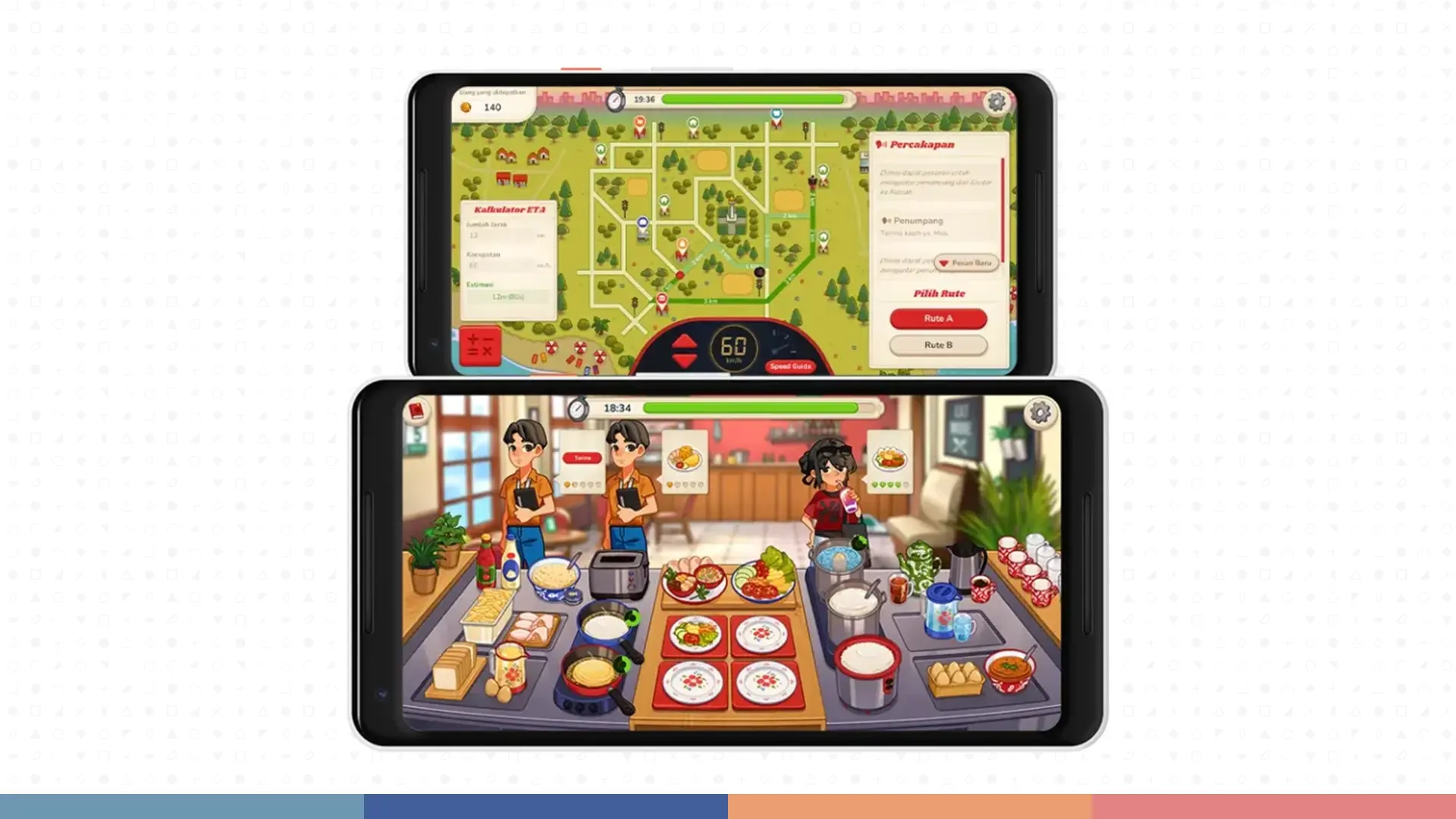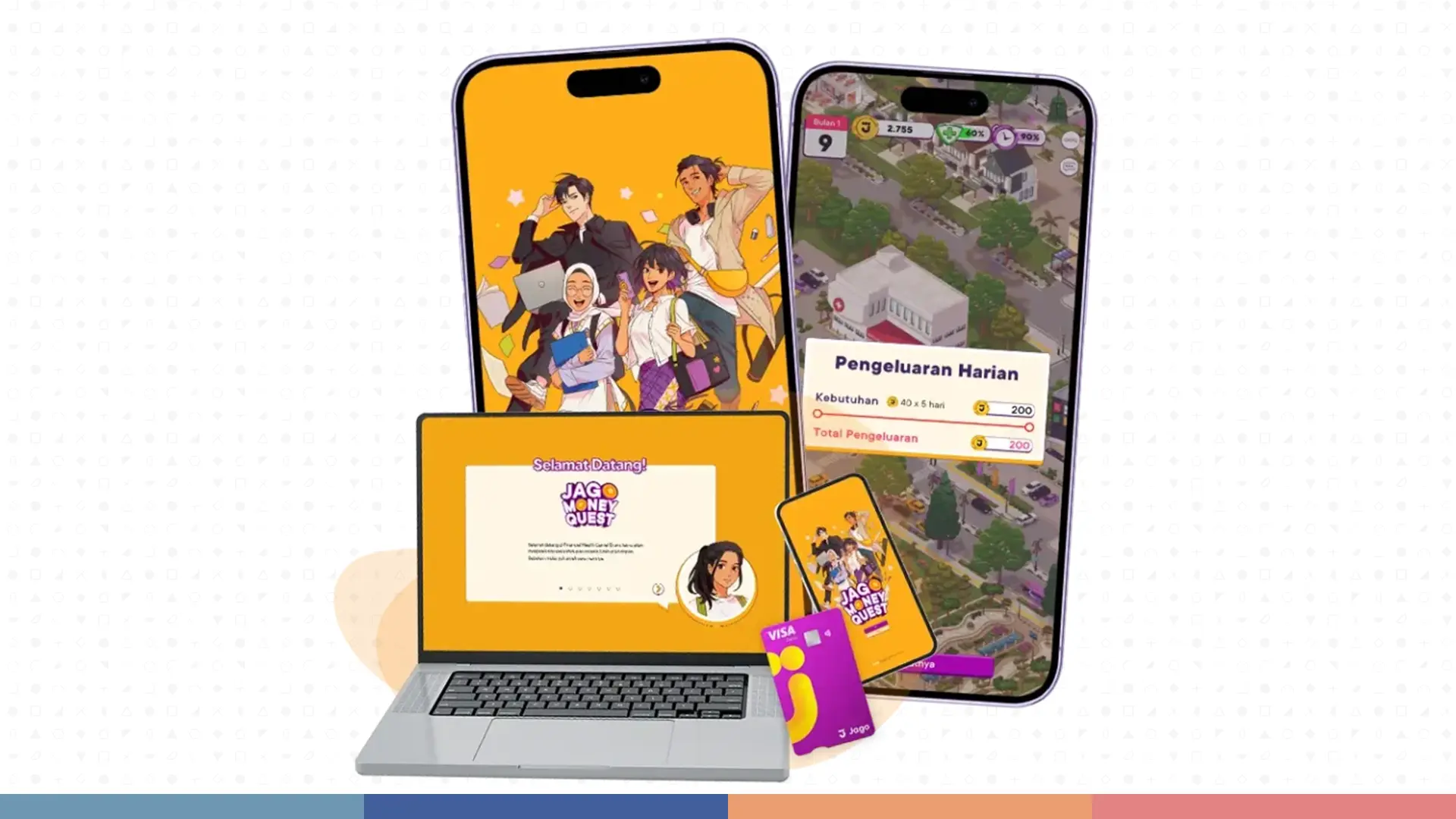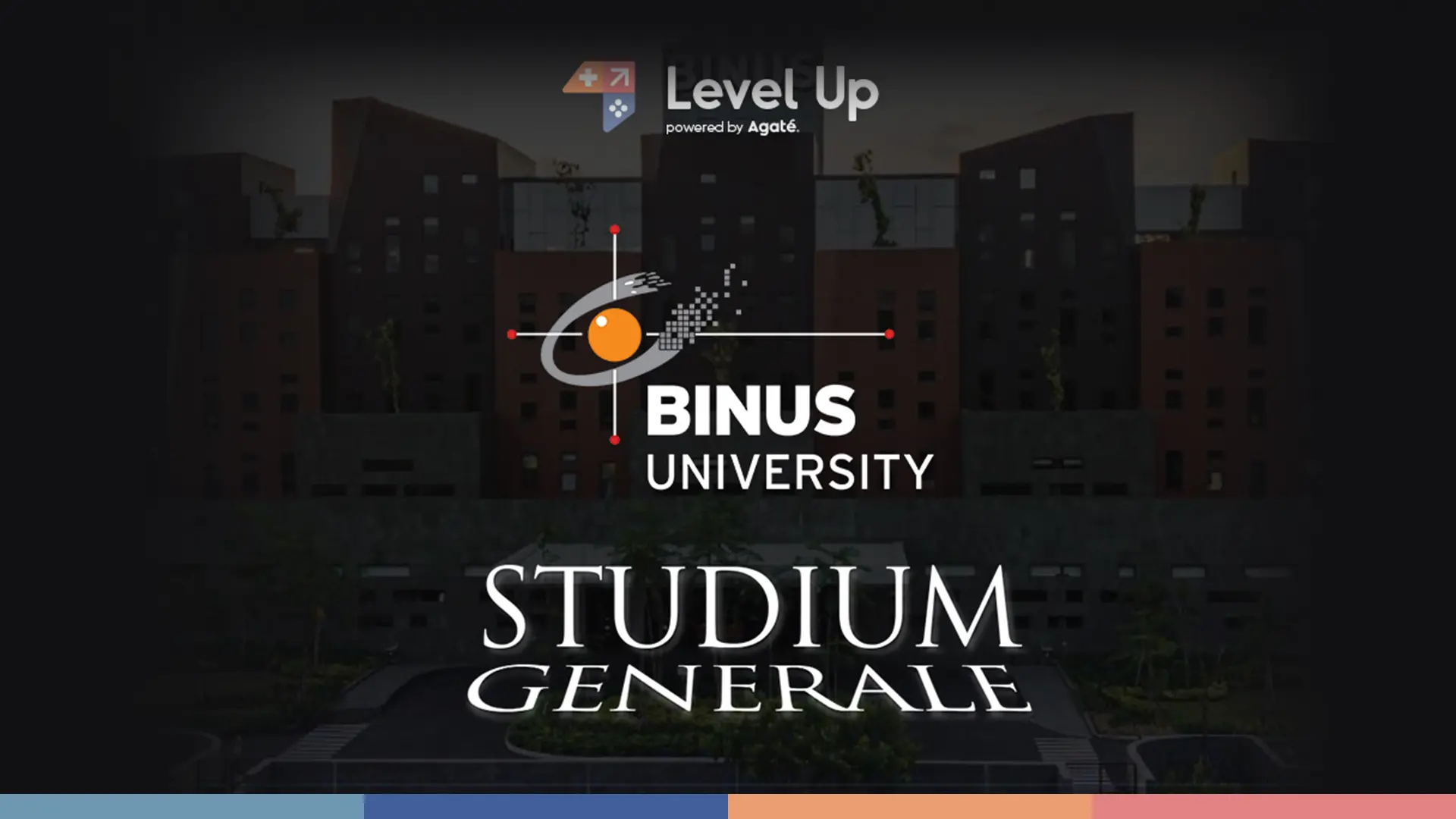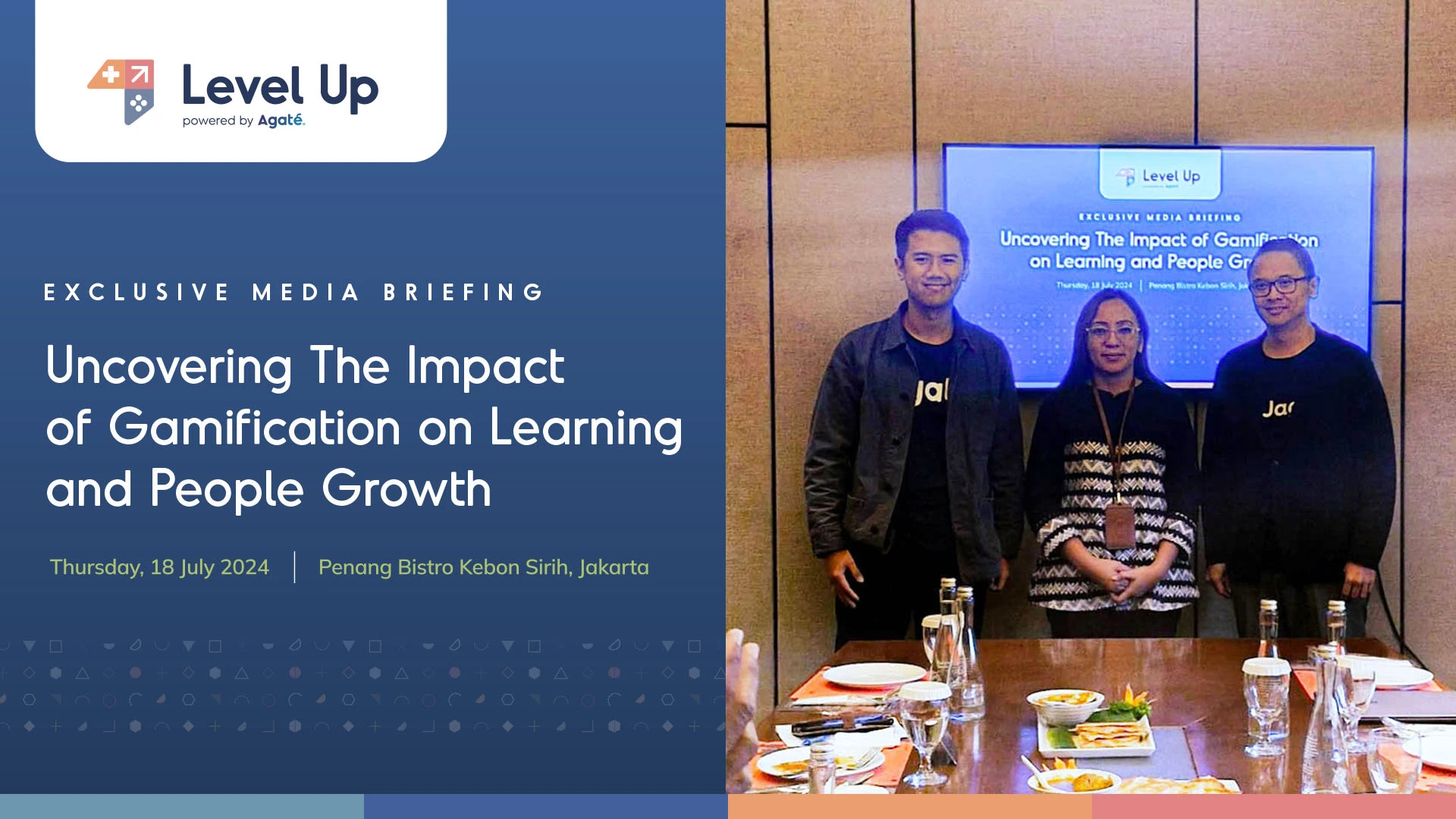Webinar Recap: Kickstarting Gamification: The Art of Presales Ideation
Have you ever stopped to think about the journey a game takes before it lands on your screen? The secret that makes games a “game” is, Art. Without the visual language of art, games would be mere blueprints, devoid of the captivating worlds, engaging characters, and immersive experiences that make them so beloved. But how does art translate from a creative vision to a captivating game experience? In game development, specifically in the pre-sales phase, art comes in.
The pre-sales phase is crucial for securing a game development project. It’s where we convince potential clients that our team has the vision and expertise to bring their ideas to life. The focus of the pre-sales phase isn’t on delivering finished products but rather on igniting excitement and showcasing possibilities. This is where the art team steps into the spotlight, wielding the power of visual storytelling to become your secret weapon. Think of a game project as a story, one that draws players in and keeps them engaged. The pre-sales phase is like crafting a gripping trailer for that story – a glimpse into the immersive world you can create for their gamification project. Here, your art team takes center stage, using their artistic prowess to capture the client’s imagination and lay the foundation for a successful collaboration.
We recently conducted a webinar on the “art” of pre-sales ideation. In this recap, we will look back at the important points of discussion from the webinar.
About the speaker

With over five years of experience at the intersection of art and technology, Putri is an art visionary in game development and gamification. Her creative strategies have shaped numerous successful projects. If you’re eager to learn about the intricacies of game art and how to steer creative projects to success, Putri is an invaluable mentor for those looking to excel in game development.
Gamification Framework for Pre-sales Ideation
Utilizing the Level Up Gamification Framework
During this phase, the Art Team employs the Level Up Gamification Framework as a guide for creating gamification solutions before project commencement. This ensures a robust, relevant, and adaptable approach that aligns with business requirements. Learn more about Level Up powered by Agate’s Gamification Framework by contacting us here.
Art's Role in Pre-sales Ideation
As previously mentioned, the Art Team focuses on concept development using data from the aforementioned framework. Their responsibilities during the pre-sales phase encompass:
- Rough game mockup for proposal
- Scoping assets
- Estimation of asset creation
Rough Game Mockup for Proposal
Objectives
Initial Visualization
Provide a preliminary visualization to clients or stakeholders regarding the planned appearance and feel of the game.
It’s crucial to remember that this mockup is merely a rough draft and does not represent the final game’s design. However, it adheres to the game’s aesthetic guidelines, considering its target audience. This provides flexibility for further exploration and development during the project’s execution.
Rough Estimation
The presales mockup serves as a foundation for further exploration and development once the project commences.
Determining Technical Art Scope of Assets
The presales mockup also aids in estimating asset development requirements. This involves estimating the number and types of assets, along with technical art insights.
Pitching and Negotiation Support
The mockup can be effectively utilized to support pitches to clients or other stakeholders.
Requirements
Data and information from the Framework
This refers to the Level Up Gamification Framework, which provides a structured approach to gamification design, incorporating elements such as Core Drives, Mechanics, and Dynamics. By utilizing this framework, the Art Team can ensure that their ideation aligns with established gamification principles.
Wireframes and Lo-fi from the Designer team
Wireframes and low-fidelity prototypes serve as foundational elements for the mockup. These provide a basic structure and layout for the game’s interface and user experience. The Art Team can leverage these wireframes and Lo-fi prototypes to create a cohesive and visually appealing mockup.
Time Commitment
2 days to 1 week (depending on the number of screens required)
The time required to create a rough game mockup depends on the urgency of the project and the number of screens involved. As a general estimate, it can be less than 2 days, or it can range from 2 days or to 1 week.
Rough Mockup creation & Layouting
This isn’t a polished, final product, but rather a stepping stone that provides a glimpse into the game’s potential look and feel. The rough mockup serves several important purposes. First, it offers a preliminary visualization for clients, giving them a sense of the game’s aesthetics and overall atmosphere. It’s important to manage expectations by emphasizing that this is a draft – the final game may look different based on further development and client feedback. However, the mockup should still adhere to the game’s core aesthetic direction, keeping in mind the target audience. This approach allows for flexibility while ensuring the mockup aligns with the project’s overall vision.
Now that we understand the importance of a rough mockup, let’s delve into the creation process:
Understanding the Client and Target Audience
This is the foundation for any successful game. The Art Team needs to gather information about the client’s brand identity, including their target market. This includes researching aspects like:
- Art Style
- Color Palette
- Font Choices
- UI Style
Building on the Lo-fi Prototype
The mockup doesn’t exist in a vacuum. The Art Team leverages information from the Designer team’s wireframes and low-fidelity prototypes. These provide the basic structure and user experience layout, acting as a blueprint for the mockup’s visual elements.
Rough Mockup Creation & Layouting
This is where the magic happens! Here’s a breakdown of the steps involved:
- Research & Inspiration
Familiarize yourself with the client’s brand and target market. - Sketching
Using the Lo-fi prototype as a guide, create a rough sketch of the mockup. - Tools & AI Assistance: Don’t hesitate to leverage technology! Consider using AI tools and free assets as placeholders to visualize gameplay elements. AI tools can also be valuable for benchmarking and brainstorming potential art styles.
Scoping Assets
Scoping assets is a crucial step in pre-sales ideation. It’s like meticulously gathering the building blocks before you start constructing a game. Here’s an in-depth look at the purpose, requirements, and how it intertwines with estimation for successful project management.
Why Scoping Assets Matters
Scoping assets serves a multitude of purposes:
Accurate Scope Definition
It ensures you have the right number of assets, with the appropriate level of complexity, to bring your vision to life while staying on schedule. Think of it as creating a detailed blueprint before construction begins.
Optimized Asset Selection
By understanding the project’s vision and the technology involved, the art team can choose the most fitting assets. This avoids wasting resources on things you don’t truly need. Imagine picking the perfect tools for the job, instead of a toolbox full of mismatched items.
Project Complexity Awareness
Scoping assets sheds light on the overall project’s complexity. By understanding the volume and intricacy of the required assets, you can anticipate potential challenges and plan accordingly. It’s like gauging the size and complexity of a landscape before embarking on a journey.
Avoiding Over/Under-engineering
Setting a proper asset scope prevents over-engineering assets that are excessively complex for the project’s needs. Conversely, it also ensures assets aren’t too simplistic and detract from the game’s quality. It’s about finding the sweet spot – not building a cathedral when a sturdy gazebo is all you need.
Technology Considerations
The technology you choose (2D, 3D, specific game engine) can influence the types of assets you create or use. Scoping helps ensure compatibility between technology and assets. Imagine building with bricks when you need Legos – it just won’t work.
Estimation and Timeline Calculation
Scoping is a foundation for estimating the manpower needed, creating a realistic timeline, and ensuring the project stays on track. It’s like calculating the materials and time required to finish a project before starting construction.
What You Need to Scope Assets Effectively
Initial Game Design Ideation
The design team’s initial concepts provide a roadmap for the kind of assets needed.
Tech Requirements
Understanding the technical limitations and capabilities is crucial for asset selection.
Game Type
Knowing whether it’s 2D or 3D helps determine the types of assets required.
Example Scoping Asset Lists
Here’s a breakdown of what a scoping asset list might look like:
Scoping Asset List
This categorizes the types of assets needed, such as:
- Characters (playable, NPCs, categorized by gender)
- Environment (buildings, props, vegetation)
- World (map, animation)
- Events (features, illustrations)
Example Type Asset List
This specifies the asset format and creation tools:
- 2D Asset (.png): Photoshop, CSP, Illustrator
- 3D Asset (.fbx): Blender
- Animation (.json, .png spritesheet): Spine
- UI (.png & atlas): Illustrator, Figma
By analyzing the scoping asset list, you can determine:
Total Number of Assets
This helps estimate the overall workload and potential challenges.
Completion Time
Estimating the time needed to create all the assets helps with project scheduling.
Number of Artists
Knowing the required manpower helps with resource allocation and team planning.
Development Tools
The scoping process reveals the software needed for creating the assets during development.
Estimation Asset Creation: Managing Scope Within Constraints
Estimation builds upon scoping to ensure the project stays within its limitations – both time and budget.
Key Considerations in Estimation Asset Creation
Project Scope Management and Consideration
Similar to scoping, it involves assessing how well the planned assets fit within the project’s resource and time constraints. If estimates show assets exceeding the timeline or budget, the scope may need to be adjusted.
Selecting the Right Tools
Estimation considers the game engine’s capabilities and its suitability for handling the specific types of assets needed. Imagine having the right tools for the job.
Budget Planning
Estimation helps determine the budget required for asset creation, including purchasing external assets, licenses, and other resources. It’s like figuring out the cost of materials before starting construction.
Estimating Asset Development Time
Creating clear time estimates for each asset is crucial for scheduling project milestones and staying on track. It’s like calculating how long each phase of construction will take.
Estimating Crew Workload and Optimizing Team Performance
Consulting the Crew:
- Open communication is key. Discuss the project scope and assets with the relevant crew members.
- Focus on Capabilities: Instead of personal opinions, inquire about their capabilities within a reasonable timeframe. Remember, individual performance can vary. This conversation should provide a realistic picture of their capacity for the project.
Building an Internal Estimation Database:
This database serves as a valuable tool for future project estimations. Here’s how to create one:
- Benchmarking: Conduct discussions with your team members about past projects with similar styles and asset types.
- Data Gathering: Record the time taken by each role (e.g., Character Artist, Animator) and individual to complete specific tasks based on the style benchmarks.
- Future Reference: This data serves as a benchmark for estimating workload and scheduling future projects with similar styles and complexities.
Assignment & Hiring Planning for Optimal Performance:
Now that you have a clear estimation of the workload and your team’s capabilities, it’s time to create a plan for optimal performance:
Understanding Your Team
This is crucial for successful project management.
- Strengths and Weaknesses: Analyze each team member’s strengths and weaknesses to identify the most suitable tasks for them. This ensures they can contribute to their full potential.
- Individual Characteristics: Understanding their personalities and working styles can help foster a positive and productive team environment.
Skill-based Assignments: Maximize efficiency by assigning tasks based on individual skills and expertise.
- Matching Skills: By aligning projects with an artist’s strengths, you’ll achieve better results and higher quality work.
- Motivation and Growth: Consider opportunities for growth and skill development when assigning tasks.
Open Communication
Maintaining open communication with your team is vital throughout the project.
- Transparency: Keep your team informed about planning, task assignments, resource acquisition, and potential recruitment needs.
- Feedback and Collaboration: Encourage feedback and open communication to ensure everyone is on the same page and working towards a common goal.
Strategic Recruitment:
- Right Stage: While it’s important to have a strong team, hold off on recruitment until the project receives a green light to avoid unnecessary staffing costs.
- Specific Needs: Once the project is confirmed, recruit based on specific skill gaps identified during the workload estimation and team analysis.
By following these steps, you can create a realistic workload estimate for your crew, plan assignments strategically, and optimize team performance for a successful project outcome.
If you want to know more about how you can gamify your business, contact us directly through here, we will assist you in getting your activity gamified with Level Up powered by Agate!
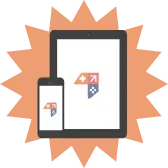
If you are interested in learning more about gamification and how it can benefit you or your organization
Check out our gamification services page and contact us today. We are ready to help you create a gamification experience that aligns with your needs and preferences.
Article Authors

Junialdi Dwijaputra

Dias Setyanto
Related Articles
- All Posts
- All
- News-EN


